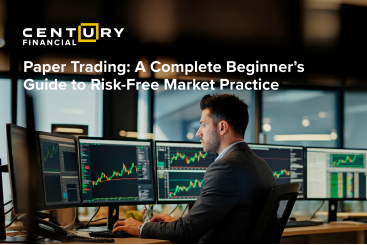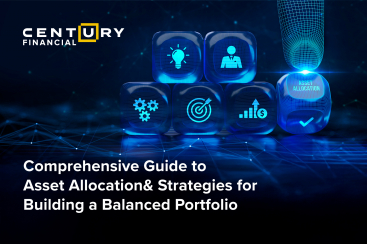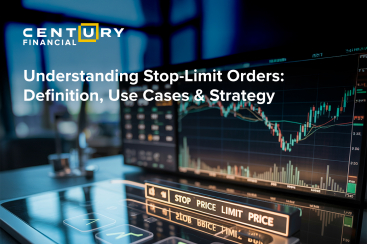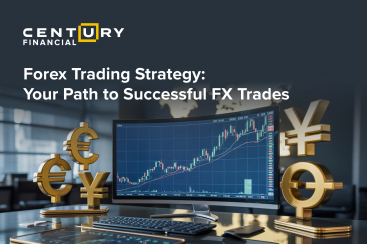Wednesday, May 31, 2023
Derivative Trading: What is It, and How Does It Work?
By Century Financial in 'Blog'

.jpg)
If you were to read the Collins English Dictionary, it would say a derivative is an investment that depends on the value of something else. They are the modern-day representation of traditional practices wherein individuals used to place bets with one another, or farmers would agree to sell their crops in advance as insurance. A derivative is a contract between two or more parties based on an underlying financial asset.
In derivative trading, traders speculate on the future price movements of an underlying asset without having to purchase the asset itself in the hope of booking a profit. To keep it simple, they bet whether a share price will rise or fall in the future.
In the financial markets, traders also use derivatives to mitigate the risk of financial assets. The underlying assets that form the basis of derivative trading include:
.png)






Prices of derivatives fluctuate depending on the rise and fall of these underlying assets in the financial market. Investors might choose to invest in derivatives for some of the following reasons:




How does derivative trading work, and what are the risks involved?
Holding a derivative contract can reduce the risk of bond defaults, bad harvests, or adverse market fluctuations. In each derivative transaction, one party looks to increase its exposure to a specific risk while the other party takes the opposite risk. Derivative trading happens in two ways:


The derivative trade process includes three types of traders:



So how does derivative trading protect investor portfolios from market fluctuations?
A farmer’s crops and profits depend on climate conditions. So, although weather implications cannot be controlled, in the financial markets, derivative traders still have the potential to change the financial consequences of a drought. It can help protect a portfolio from market fluctuations by using hedging strategies.
.png)



What are the best strategies for investing in derivatives?
The best derivative trading strategies are high-probability trades with a good risk-to-rewards ratio. Here are a few strategies traders use


-The call option provides the right but not the obligation to the holder to buy the underlying asset at the fixed price by paying the premium.
-The put option provides the right, not the obligation, to the holder to sell the underlying asset at a fixed price by paying a premium.


So what are the risks and rewards associated with derivative trading?
In derivative trading, the risk and reward depend on the derivative being traded and the specific term of the contract.
Here are some risks associated with derivative trading:
Some rewards associated with derivative trading include:




A thorough analysis and market comprehension are prerequisites to making a successful derivative trade. So, before investing in derivatives, understand the risks involved and consult a financial advisor, if required.
The content in this blog, including any research, analysis, opinions, forecasts, or other information (collectively, "Information"), is provided by Century Financial Consultancy LLC (CFC) for marketing, educational, and general informational purposes only. It should not be construed as investment advice, a recommendation, or a solicitation to buy or sell any financial instruments.
This Information may also be published across various channels, including CFC’s website, third-party platforms, newsletters, marketing materials, emails, social media, messaging apps, webinars, and other communications. While CFC strives for accuracy, we do not guarantee the completeness, reliability, or timeliness of any content. Any decisions made based on this Information are at your own risk. CFC accepts no liability for any loss or damage arising from its use.
Trading financial products involves significant risk and may not be suitable for all investors. Please ensure you fully understand the risks and seek independent professional advice if necessary.
Please refer to the full risk disclosure mentioned on our website.









.png)
.png)
.png)
.png)


